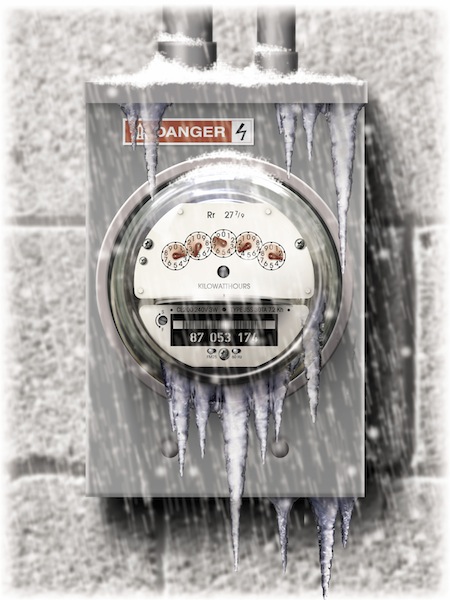SAGE Advice: November 2010 Archives
It's that time of year again! Home heating can account for nearly half the average family's winter energy costs. This winter, try out these tips to stay warm and toasty while saving energy and your pocketbook.

Finally, and perhaps most importantly, dress for the weather. Before turning up the thermostat, try throwing on an extra layer. Everyone's experience of heat and cold is different and because entire buildings are often on the same ventilation and temperature control system, individual adaptation is key to staying comfortable.
If you just can't get warm enough, get a space heater to use as needed--just be sure to choose an Energy Star model!

- Securely close and lock all windows for the duration of the heating season
- Prevent heat loss through your windows by covering window air conditioning units or storing and removing them*
-On campus, call the Work Center (campus extension 4-1414); there will likely be a charge associated with covering an air conditioner
- Install storm windows
-At home, do it yourself or ask your landlord
-If you live in one of the older campus residence halls that have storm windows (Blackstone, Breckinridge, Broadview, Maclean, or Snell-Hitchcock), be sure to close them all the way to prevent draft
- If you don't have storm windows, instead use plastic to cover and seal around your windows
-On campus, call the Work Center (campus extension 4-1414); there will likely be a charge associated with this procedure
- Check for and seal air leaks to minimize drafts
- Stop under-door drafts by attaching a vinyl sweep or "door snake" (a long cloth tube filled with sand) to the bottom of your doors. You can also use a rolled up towel
- At home, install a programmable thermostat. An Energy Star model can cost as little as $30 while offering the potential savings of over $100 per year
Finally, and perhaps most importantly, dress for the weather. Before turning up the thermostat, try throwing on an extra layer. Everyone's experience of heat and cold is different and because entire buildings are often on the same ventilation and temperature control system, individual adaptation is key to staying comfortable.
If you just can't get warm enough, get a space heater to use as needed--just be sure to choose an Energy Star model!
For more winterizing tips from the Union of Concerned Scientists, click here.
*Note that in Residential Services buildings, removal of air conditioning units is required by Nov. 1st.
*Note that in Residential Services buildings, removal of air conditioning units is required by Nov. 1st.
